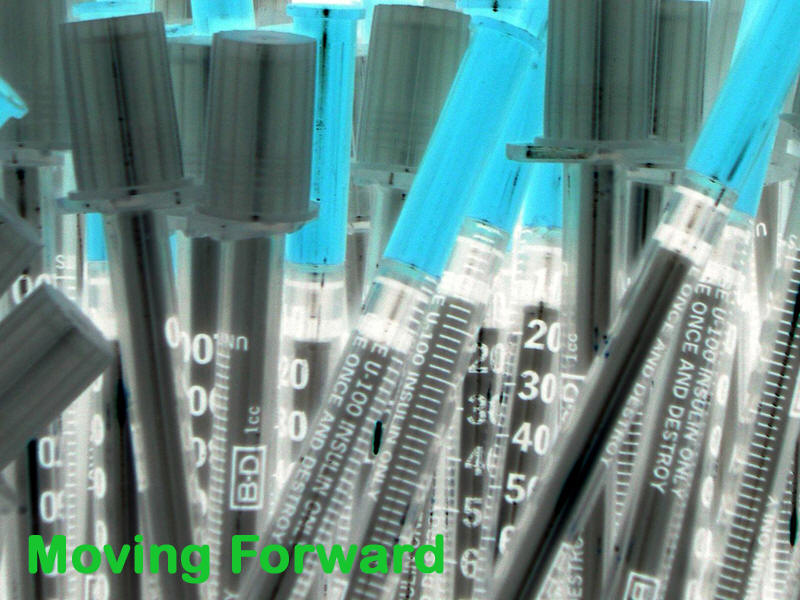
The Plan

www.sierratruckandvan.com
Based upon the successes in other cities around the country, a hypothetical plan can be made to consider which type of syringe exchange program would be most effective in Newark, New Jersey. Because there are already some sites in Newark at which HIV/AIDS patients can receive testing, health services, and shelter, it would be best to start by expanding the services of these establishments.11 By using established centers, the start-up costs of the program would be diminished and there would also be a built-in outlet for further health services and HIV/AIDS prevention. The Centers for Disease Control and Prevention suggest that needle exchange programs would be most efficient and useful if they were also an outlet for further services: “many SEPs provide a range of related prevention and care services that are vital to helping IDUs reduce their risks of acquiring and transmitting blood-borne viruses.”12 Because of the low level of income in Newark, it would be best to establish syringe exchange instead of working to legalize over-the-counter sales of needles in pharmacies. With the sale of needles, many IDUs would not be willing or able to pay for such equipment. When establishing NEPs, it would be best for the exchange to run like Baltimore’s program.10 In the Baltimore exchange, a user receives 2 free needles at his or her first visit and after that can exchange on a one-for-one basis; there is no limit to the number of syringes that can be exchanged during one visit. By providing free needles at the first visit, it won’t be necessary for female users to depend on their male partner for injection equipment any longer.7 In addition to using established centers, it would be beneficial to simultaneously survey recovering IDUs in drug treatment programs to find out where they believe syringe availability in Newark would be most desirable and accessible for users. Once these additional locations are identified, one could expand the mobile HIV testing program S.T.O.P. run by the University of Medicine and Dentistry of New Jersey (UMDNJ) by including any additional routes and stops identified. The mobile syringe distribution would allow the exchange program to reach a larger population and also refer these individuals to the associated mobile HIV testing. By establishing both fixed and mobile sites that are connected to further health services, a broad HIV/AIDS prevention network could be easily launched in Newark.